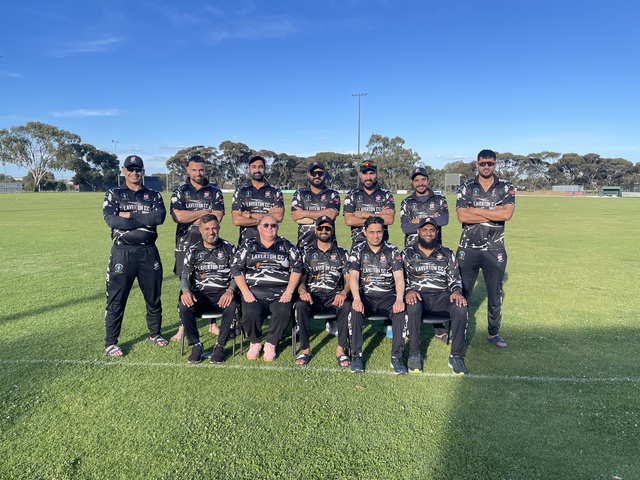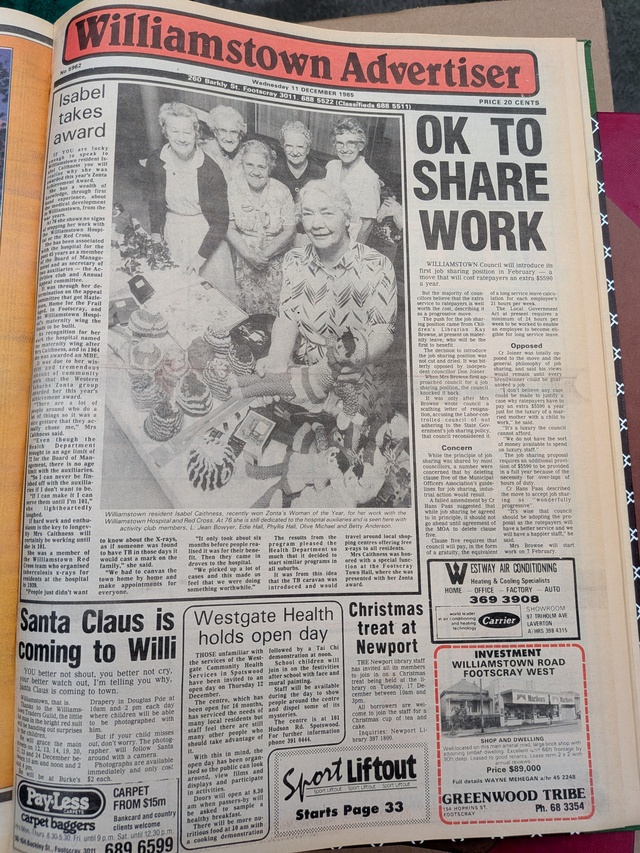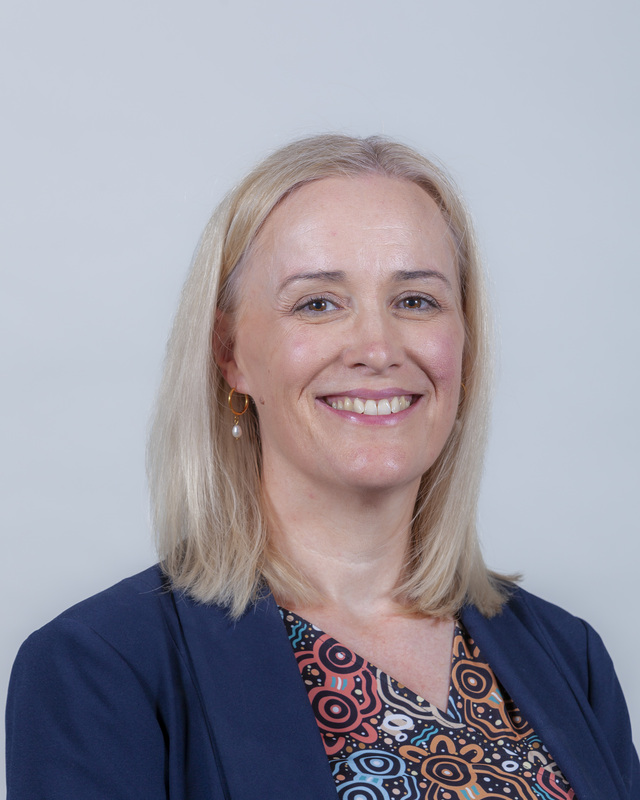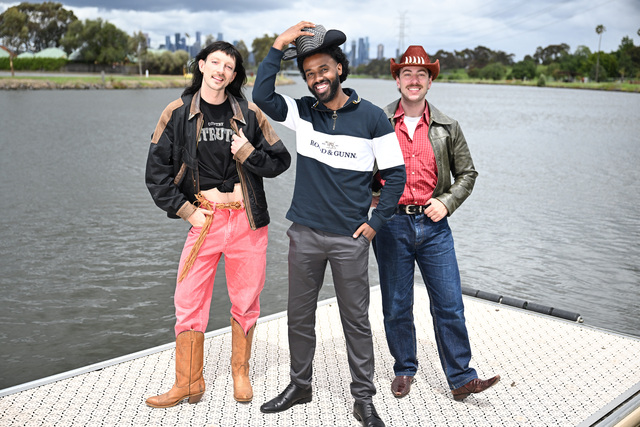PUNTERS in the west are feeling the pinch of pokies losses, as new research reveals they’re gambling away a high proportion of their income.
In the federal seat of Gellibrand, which takes in most of Hobsons Bay, an estimated 22,852 pokies users lost about $4010 each in the 2010-11 financial year, a Monash University study says.
The losses totalled 13.9per cent of the area’s median adult wage.
The Lalor electorate, which covers Laverton, chalked up similar figures, with the average individual loss of $3748, equating to 11.8 per cent of the median income.
UnitingCare Australia, which funded the report, is lobbying for greater consumer protection in the $2.6billion industry, after the report found some of the heaviest gaming losses were in the state’s most disadvantaged areas.
The study also looked at how much pokies venues were spending on charitable and community groups in areas with the highest losses.
While punters in Lalor poured more than $137million into the area’s 115 poker machines in 2010-11, venue operators gave $2,967,120 to community organisations – less than 3.4 per cent.
But Gellibrand venues contributed 8.3 per cent to community and charitable groups.
In Victoria, punters poured about $2.6 billion, an average of $701 per adult, into poker machines over the period. In contrast, the state’s clubs donated $62.8 million to community and charitable groups, amounting to 2.4 per cent of losses.
Gambling health expert Charles Livingstone, who led the study, said Victorian venues were required to give at least 8percent of pokies losses to “community-benefit” organisations.
He said charitable contributions in Melbourne’s inner west were “minuscule” compared with venues’ profits and were an “extremely inefficient and high-cost method of funding community activities”.
“Community benefits claimed by poker machine operators do not offset the social and economic impact to any serious degree, if at all,” he said.
Clubs Victoria executive director Richard Evans criticised the report, saying it ignored not-for-profit clubs’ investment into social and community assets.
He said
only 10percent of money raised from pokies was distributed between the government, gaming operators and venues.
“The other 90percent goes back to the punters. The hotels provide their 8percent to the government and it’s distributed broadly.”
Mr Livingstone acknowledged the study didn’t take into account “operating expenses”, which could be claimed by Victorian clubs as a community benefit.







